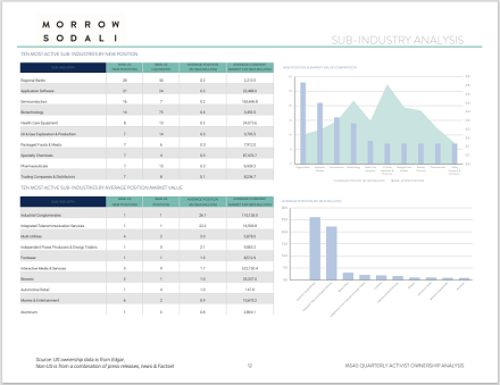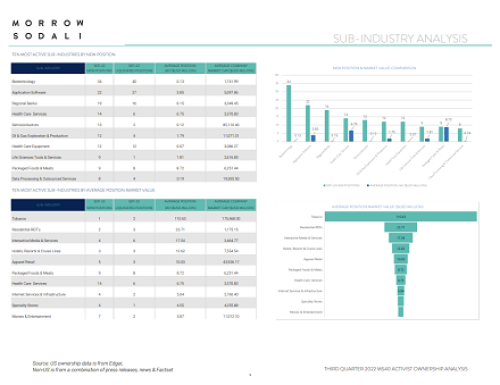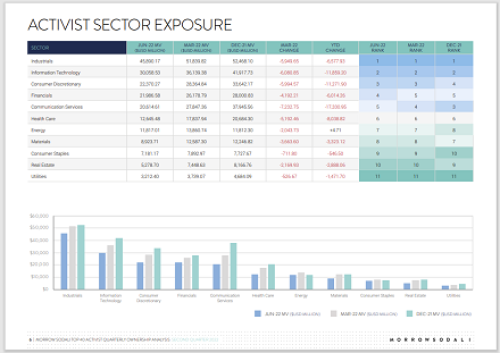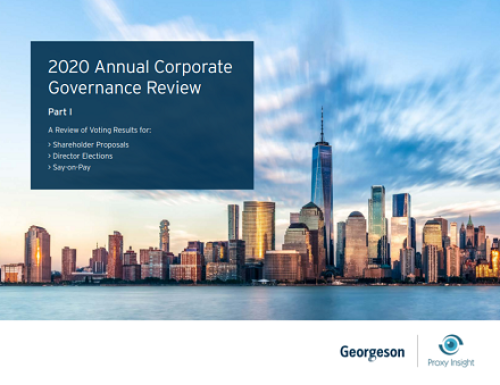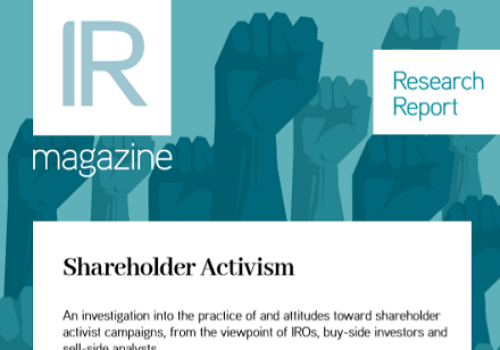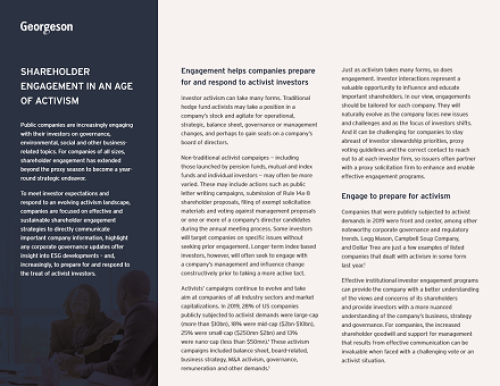Activist Insight study notes converging factors for shift in activism
In its latest report Shareholder Activism in Australia, which charts activist investing trends since 2013, Activist Insight in partnership with Arnold Bloch Leibler (ABL) argues that activism in Australia is set to takeoff.
ABL partner Jeremy Leibler says: ‘There are legal and structural reasons why the Australian market is so ripe for activism. These levers are well understood by local activists and increasingly on the radar of major global activists diversifying their portfolios beyond the US.
‘The involvement of US distressed debt investors in every collapsed company in Australia in recent years is a clear signal that further inbound activity from activists is on its way.’
To date, Australia’s limited capital pool has focused the bulk of activist attention (85 percent) on companies targeted with a market cap of less than $331 mn.
Leibler says: ‘While most of the activity has targeted the smaller end of town, the report suggests that the conducive regulatory landscape in Australia is encouraging local activists to seek out foreign capital.
‘Conversations with international investors on the merits of investing in Australia are happening now and provide the strongest indication yet that we’re on the cusp of something big.’
The report highlights parts of Australia’s regulatory landscape that make it conducive to activism:
- The ‘two strikes rule’ which allows just 25 percent of shareholders to vote down a company’s remuneration report and ultimately spill the board of directors (there is no such tool for activists in the US)
- The relatively low threshold (5 percent of issued equity) required to call an extraordinary general meeting
- Recent amendments to regulatory guidelines clarifying that shareholders can communicate with each other about company performance
- The relatively high degree of institutional shareholdings due to the large superannuation fund pool; and
- A strong media presence which can quickly affect the reputation and share price of companies.
Another factor in the rise of activism is the acceptance of the asset class as a tool to highlight governance and other issues within companies. There is a greater understanding and willingness between the board and activists to facilitate a mutually beneficial outcome.
‘Across Australia, boards are preparing companies and management teams to deal with the potential threat of activism, and the inevitable consequences to business operations and reputation,’ notes the report.
Josh Black, editor of Activist Insight, says that to thrive, activists need to convince Australian shareholders they can turn larger companies around.
‘Investors need to decide that executive teams do not always deserve a second chance, and that sophisticated activist campaigns can create value for all shareholders.’


